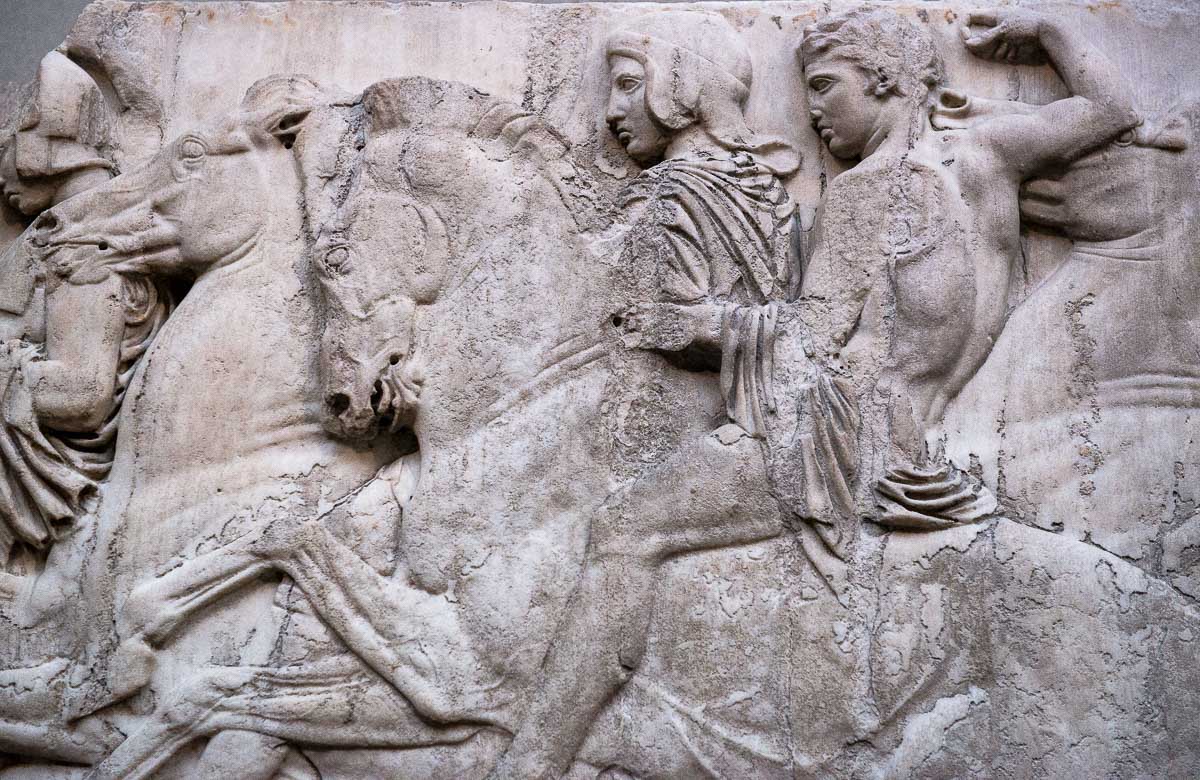
There is probably room for debate about whether or not the British should have taken (or should return) all the sculpture from the Parthenon in Athens which they removed in the early 19th Century. Of course, one should note that the Greeks occupying Ottoman Turks had used the Parthenon for a powder magazine in a war with the Venetians in the 17th Century and that the reason many of the sculptures were in such bad condition is that, not surprisingly, the Parthenon had been blown up during a battle. Combine that with the fact that the British Museum has provided a huge, well sheltered, display for two centuries (something the Greeks only got around to recently,) and that the British Museum gets more than 6 million visitors each year, and I'm not feeling too sorry for the Greeks. (The above has been corrected, thanks to a commenter below.)
Up Your Travel Skills
Looking to book your next trip? Use these resources that are tried and tested by us. First, to get our best travel tips, sign up for our email newsletter. Then, be sure to start your reading with our Resources Page where we highlight all the great travel companies and products that we trust. Travel Accessories: Check out our list of all the accessories we carry to make getting there and being there a lot easier. Credit Cards: See our detailed post on how to choose the right travel rewards credit card for you. Flights: Start finding the very best flight deals by subscribing to Thrifty Traveler. Book your Hotel: Find the best prices on hotels with Booking.com. See all of the gear and books we like in one place on our Amazon shop.Got a comment on this post? Join the conversation on Facebook, Instagram, or Threads and share your thoughts!


Comments are closed.